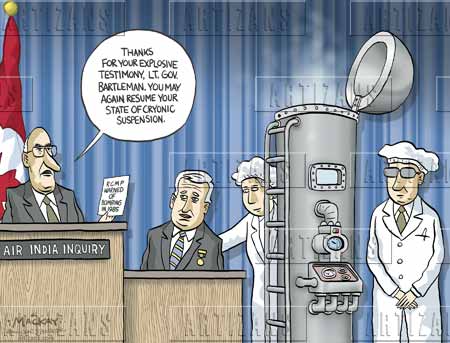
Breaking News
 Gold and Silver Surge to New Record Highs, What's Going On?
Gold and Silver Surge to New Record Highs, What's Going On?
 Silver And Copper Are Both Flashing The Same Signal -- And That Is Setting The Stage...
Silver And Copper Are Both Flashing The Same Signal -- And That Is Setting The Stage...
 I Spoke At Turning Point USA - FULL SPEECH
I Spoke At Turning Point USA - FULL SPEECH
 Maduro Must Go, DHS Secretary Noem Says, Vows More Tanker Intercepts
Maduro Must Go, DHS Secretary Noem Says, Vows More Tanker Intercepts
Top Tech News
 Perfect Aircrete, Kitchen Ingredients.
Perfect Aircrete, Kitchen Ingredients.
 Futuristic pixel-raising display lets you feel what's onscreen
Futuristic pixel-raising display lets you feel what's onscreen
 Cutting-Edge Facility Generates Pure Water and Hydrogen Fuel from Seawater for Mere Pennies
Cutting-Edge Facility Generates Pure Water and Hydrogen Fuel from Seawater for Mere Pennies
 This tiny dev board is packed with features for ambitious makers
This tiny dev board is packed with features for ambitious makers
 Scientists Discover Gel to Regrow Tooth Enamel
Scientists Discover Gel to Regrow Tooth Enamel
 Vitamin C and Dandelion Root Killing Cancer Cells -- as Former CDC Director Calls for COVID-19...
Vitamin C and Dandelion Root Killing Cancer Cells -- as Former CDC Director Calls for COVID-19...
 Galactic Brain: US firm plans space-based data centers, power grid to challenge China
Galactic Brain: US firm plans space-based data centers, power grid to challenge China
 A microbial cleanup for glyphosate just earned a patent. Here's why that matters
A microbial cleanup for glyphosate just earned a patent. Here's why that matters
 Japan Breaks Internet Speed Record with 5 Million Times Faster Data Transfer
Japan Breaks Internet Speed Record with 5 Million Times Faster Data Transfer
Scientists could one day make humans immortal

On that day, the professor became the first person ever frozen in cryonic suspension, embedded in liquid nitrogen at minus-321 degrees Fahrenheit.
Bedford was neither the first, nor the last, to attempt the impossible — beating death at its own game, according to Michael Shermer's book "Heavens on Earth: The Scientific Search for the Afterlife, Immortality, and Utopia" (Henry Holt), out Jan. 9.
With scientific advancements exploding at an exponential pace, some believe the Grim Reaper could soon be out of business.
Here are three ways scientists are striving for immortality that are getting so close to success that they would amaze even Bedford — if he ever wakes up.
Cryonics
Cryonics is the process of suspending a just-deceased person in a frozen state until the remedy for what killed them has been discovered. Then, theoretically, the person can be thawed out and cured.

 Advanced Propulsion Resources Part 1 of 2
Advanced Propulsion Resources Part 1 of 2

